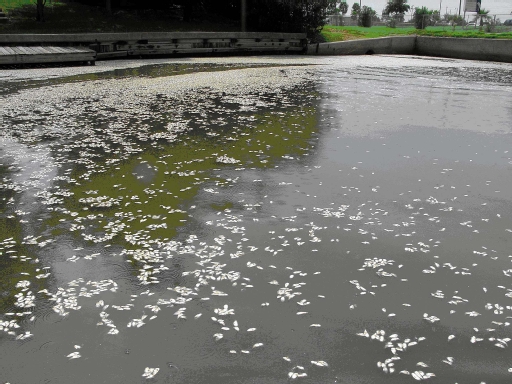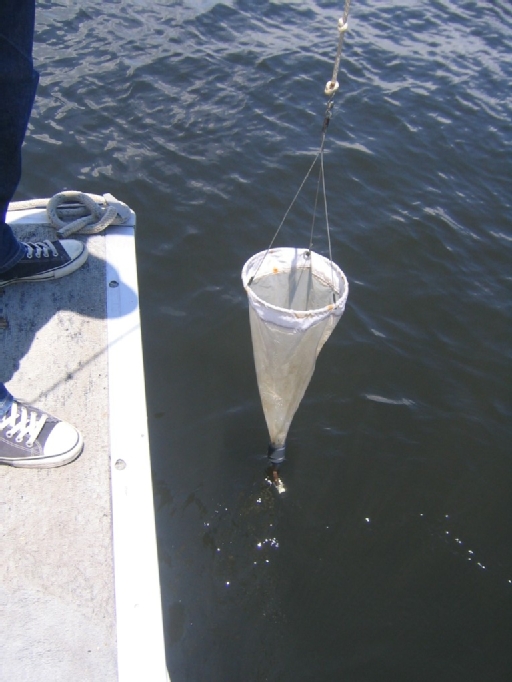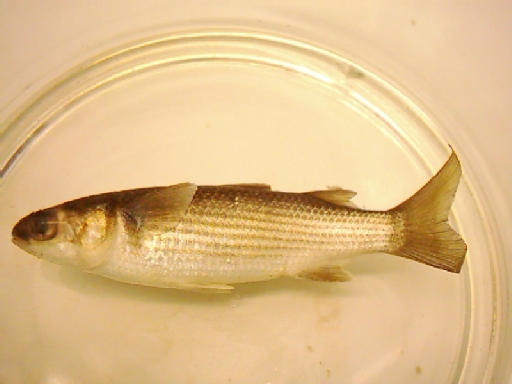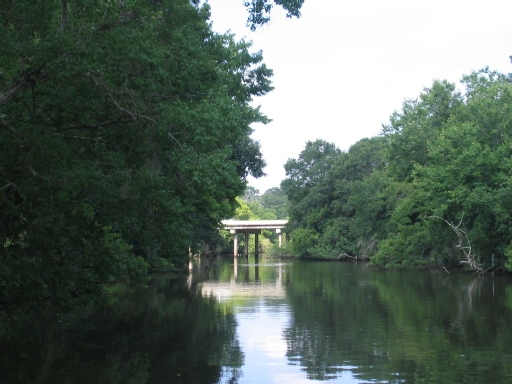Texas Bays & Bayous
Current and Recent Projects
The Health and Welfare of Texas Bays and Bayous
In a recent study, we examined the designation of Texas as a “hotspot” for fish mortalities relative to the other 22 coastal US states. This matter is of serious concern for scientists, resource managers, and the public alike. We investigated the major sources and causes of fish kills in coastal Texas from 1951 to 2006. During this 55-year period, more than 383 million fish were killed, 72% of which were Gulf menhaden (Brevoortia spp.). We examined the relationships between climate and the physical features of Texas bays and estuaries as well as the consequences of high-density industrialization and urbanization along several coastal centers on fish kills, including the impact of eutrophication, algal blooms (toxic and nontoxic), and hypoxia. Galveston and Matagorda Bays had the highest number of fish kill events and total number of fish killed. The largest number of fish kill events and the highest number of fish killed occurred during the warmest months, particularly in August. The leading cause of fish kills was found to be low dissolved oxygen concentrations caused by both physical and biological factors. From 1958 to 1997, about two thirds of the mortalities from low oxygen concentrations were caused by human activities. With the population predicted to double in Texas by 2050, mostly along the coastal areas, natural resources will require additional protection. Further increases in nutrient loading are expected in areas unable to keep up with construction of sewage treatment facilities. Defining the sources and causes of fish kill events in Texas will allow better management and conservation efforts.
For more details, go to:
Thronson, A. and Quigg, A. 2008 Fifty five years of fish kills in Coastal Texas. Estuaries and Coasts. 31: 802–813. *Highlights, Coastal and Estuarine Science News, October 2008.
Undergraduate Honors Scholar Program by Allison Skinner McInnes (2005-2007)
Belly-up in the bayou, who's the culprit? Physical, chemical and biological parameters of Offatt's Bayou, Galveston, Texas during summers 2005 and 2006
 Offatt's Bayou was created by the City of Galveston as a borrow pit for landfill during the first part of this century. The bayou is approximately 4.8km long with a maximum width of 1km, with an average depth of approximately 5m. Offatts Bayou is an important nursery and habitat for many finfish and shellfish. It also serves as an important recreational area for nearby residents and visitors. The low mixing environment of Offatts Bayou (due to its relatively deep basin and small mouth), makes it a good study area for understanding the causes and effects of hypoxia and phytoplankton blooms, both of which may be significant factors in the cause of the near annual fish kills. Physical, chemical and biological parameters were measured twice weekly over the course of two summers. A fish kill occurred in the summer of 2005, however none transpired during the summer of 2006. This allows for interesting comparisons between the two summers; possibly pointing to the cause of the observed fish kill in 2005.
Offatt's Bayou was created by the City of Galveston as a borrow pit for landfill during the first part of this century. The bayou is approximately 4.8km long with a maximum width of 1km, with an average depth of approximately 5m. Offatts Bayou is an important nursery and habitat for many finfish and shellfish. It also serves as an important recreational area for nearby residents and visitors. The low mixing environment of Offatts Bayou (due to its relatively deep basin and small mouth), makes it a good study area for understanding the causes and effects of hypoxia and phytoplankton blooms, both of which may be significant factors in the cause of the near annual fish kills. Physical, chemical and biological parameters were measured twice weekly over the course of two summers. A fish kill occurred in the summer of 2005, however none transpired during the summer of 2006. This allows for interesting comparisons between the two summers; possibly pointing to the cause of the observed fish kill in 2005.
McInnes, A. and Quigg, A. 2010. Near-Annual Fish Kills in Small Embayments: Casual versus Causal Factors. Journal of Coastal Research. 26: 957-966.
Masters Thesis by Linda Roehrborn (December 2006)
Seasonal analysis of abiotic factors impacting phytoplankton assemblages in Offatt's Bayou, Galveston, Texas The aim of this investigation in Offatt's Bayou was to quantify natural shifts in distributions and abundances of algal groups and to examine spatiotemporal patterns of abiotic and biotic characteristics of the water column over a one year period (December 2004 to November 2005). Water column hydrological data and surface water samples were collected at eleven stations throughout the Offatt's Bayou embayment on a regular basis (2 to 4 times per month), along with phytoplankton tows on a monthly basis. Phytoplankton biomass and community composition were examined for significant relationships to seasonal variations in water temperature, salinity, dissolved oxygen concentrations and pH levels.
The aim of this investigation in Offatt's Bayou was to quantify natural shifts in distributions and abundances of algal groups and to examine spatiotemporal patterns of abiotic and biotic characteristics of the water column over a one year period (December 2004 to November 2005). Water column hydrological data and surface water samples were collected at eleven stations throughout the Offatt's Bayou embayment on a regular basis (2 to 4 times per month), along with phytoplankton tows on a monthly basis. Phytoplankton biomass and community composition were examined for significant relationships to seasonal variations in water temperature, salinity, dissolved oxygen concentrations and pH levels.
Spatial patterns of phytoplankton abundance generally reflected the degree of circulation in Offatt's Bayou with higher abundances observed in the restricted areas and lower abundances in the well mixed regions. Temporally, diatom blooms were prominent during autumn, winter, and spring which were seasons characterized by cooler water temperatures, less light penetration and availability, increased dissolved oxygen concentrations and reduced salinities than those observed in summer. The most dominant diatoms were Guinardia delicatula, Ditylum brightwelli, Rhizosolenia setigera, Dactyliosolen fragillissimus and numerous Chaetoceros sp. During summer, the haptophyte, Corymbellus aureus dominated the bayou, with highest standing crops at the circulation restricted stations in Lake Madeline. The bloom of this haptophyte produced large volumes of extracellular \ material which along with the lowered dissolved oxygen concentrations in the water column , likely caused a fish kill. Fry (1000's) and adult (100's) menhaden (Brevoortia patronus), stripped mullet (<50) (Mugil cephalus) and a ribbon fish (Trichiurus lepturus) were among the dead.
While the results of this study revealed that temperature,  dissolved oxygen and pH were the critical controlling factors (p < 0.05) on phytoplankton biomass and diversity, it was clear that phytoplankton dynamics in Offatt's Bayou must be also viewed within the broader context of additional parameters such as salinity, stratification, zooplankton grazing, nutrient fluxes and wind effects. Long term monitoring of Offatts Bayou is essential for tracking, recording and assessing various human impacts to phytoplankton distribution, abundance, and productivity, as well as impacts to higher trophic levels such as fish and humans.
dissolved oxygen and pH were the critical controlling factors (p < 0.05) on phytoplankton biomass and diversity, it was clear that phytoplankton dynamics in Offatt's Bayou must be also viewed within the broader context of additional parameters such as salinity, stratification, zooplankton grazing, nutrient fluxes and wind effects. Long term monitoring of Offatts Bayou is essential for tracking, recording and assessing various human impacts to phytoplankton distribution, abundance, and productivity, as well as impacts to higher trophic levels such as fish and humans.
Quigg, A. and Roehrborn, L. 2008. Spatial and temporal distributions of planktonic diatoms in a subtropical bayou. Texas Journal of Science. 60: 281-298.
Undergraduate Directed Studies Program (MARB 485) by Brad Grimmit (2004)
Offatt's Bayou biodiversity study: Phytoplankton, benthos and fish surveyOffatt's Bayou is home to a surprising biodiversity of plants and animals considering its eutrophication status, the discharge of a sewage effluent plant into its waters, a major island attraction on its shores and high density of urbanization. A semester long study was conducted to assess the phytoplankton, benthic and fish populations in this system.



Dickinson Bayou Watershed Partnership

The watershed is heavily developed with three cities on its borders: Dickinson, Santa Fe and League City. Low intensity residential and mixed commercial developments are the predominant land uses. High intensity developments and business districts are found adjacent to and at the intersections of the major thoroughfares. Overall, bacteria and nutrient concerns and/or impairments are found throughout the Dickinson Bayou Tidal watershed and occur with high frequency in some areas. Sources for both nutrients and bacteria are usually associated with municipal rather than industrial activities. Elevated bacteria levels likely stem from intermittent municipal collection system overflows, failing septic systems, pet waste, naturally occurring wildlife and avian populations found throughout the watershed and ranchettes that include raising large animals such as cows and horses. Nutrients can come from the above sources as well as fertilizers applied to lawns. In-stream levels of bacteria and nutrients are usually higher after rainfall events that result in storm water run-off.
The Dickinson Bayou Watershed Partnership is a group of scientists and resource managers from universities and state agencies, concerned citizens working together to come up with a strategic plan for maintaining and long term, improving the overall heath of this system.
Quigg, A., Broach, L., Denton, W. and Miranda, R. 2009. Water quality in the Dickinson Bayou watershed (Texas, Gulf of Mexico) and health issues. Marine Pollution Bulletin. 58: 896-904.